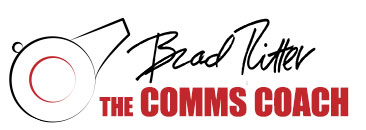 In almost every media interview or live audience presentation, you are likely to get hit with a question you can’t or don’t want to answer. There’s a right way and a wrong way to manage the challenge.
In almost every media interview or live audience presentation, you are likely to get hit with a question you can’t or don’t want to answer. There’s a right way and a wrong way to manage the challenge.
First, the wrong way: the “pivot.” Washington politicians use it all the time, which is one of the reasons Congress has such low ratings. For example, a reporter asks a politician about their opinion on a new gun control proposal. The politician completely ignores the question and instead tells the reporter why they support issue X, Y or Z. Research shows the public sees through this evasiveness and doesn’t like it. Journalists don’t either. As I tell people in my workshops, “don’t tick off the people who get the last word!”
So, what’s the right way to not answer the question? It’s called “bridging.” You briefly explain why you cannot or will not answer it, then “bridge” to your key point. A few examples:
- I can’t speculate on that, but I can tell you we are doing everything we can to address the problem.
- The fire chief can best answer that question, but for current information people can follow us on social media.
- Unfortunately, that information is confidential, but it’s important that people know we are working as hard as possible to solve the problem.
- Out of respect for the injured employees, we will not be sharing that information and we ask that everyone keep them and their families in their thoughts.
- I can’t speak to what Brand X is doing, but our company is…
Need a bridge to more effective interviews and presentations? Message me to talk about booking an-in person or virtual media training or presentation coaching session for your team.
